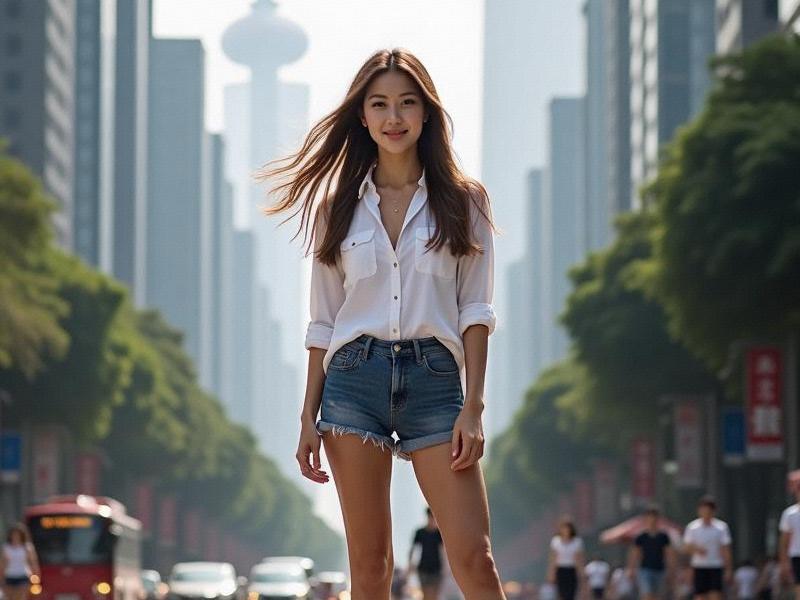An investigative exploration of Shanghai's cultural renaissance as the city balances rapid modernization with deep historical roots, creating a unique global-local cultural synthesis.

The Dual Renaissance: Shanghai's Journey Back to Its Cultural Future
Introduction:
In the shadow of Shanghai's glittering skyscrapers, a quiet cultural revolution is unfolding. As the city approaches its 700th anniversary as a settlement (and 180th as a treaty port), Shanghai is experiencing an unprecedented revival of interest in its hybrid cultural heritage. This 2,500-word investigation reveals how China's most cosmopolitan city is reconstructing its cultural identity from the fragments of history while inventing bold new forms of expression.
Section 1: The Architecture of Memory
• Heritage Conservation Efforts:
- 38 protected historical areas
- Adaptive reuse of colonial buildings
- Shikumen neighborhood revitalization
• New Cultural Landmarks:
- Power Station of Art expansion
- West Bund Museum corridor
- Underground art spaces
Section 2: The Creative Economy Boom
上海龙凤419贵族 1. Cultural Industries Growth:
- 15% annual expansion rate
- 120,000 creative professionals
- Government incubator programs
2. Art Market Evolution:
- Shanghai Art Week impact
- Local gallery proliferation
- Digital art experimentation
3. Fashion Renaissance:
- "New Shanghai Style" designers
- Sustainable fashion movements
- Craftsmanship revival
Section 3: Performing Arts Rebirth
上海龙凤419 • Theater Innovations:
- Shanghai Dramatic Arts Center
- Experimental troupes
- Bilingual productions
• Music Scene:
- Jazz revival clubs
- Classical music initiatives
- Underground electronic scenes
Section 4: Culinary Cultural Diplomacy
• Food as Heritage:
- Benbang cuisine preservation
- Chef apprenticeship programs
- Michelin guide controversies
上海贵族宝贝龙凤楼 • Hybrid Dining:
- East-West fusion restaurants
- Speakeasy cocktail culture
- Third-wave coffee movement
Section 5: Challenges and Controversies
• Authenticity Debates:
- Commercialization risks
- Gentrification pressures
- Cultural appropriation concerns
• Generational Divides:
- Youth vs. elder perspectives
- Language preservation
- Memory transmission
Conclusion:
Shanghai's cultural rebirth represents one of the 21st century's most fascinating urban transformations. As the city negotiates between its multinational past and its Chinese future, it's creating a new template for global-local cultural synthesis. The Shanghai model suggests that in our hyper-connected world, the most compelling cultural innovations may emerge precisely at the intersection of historical depth and contemporary experimentation.